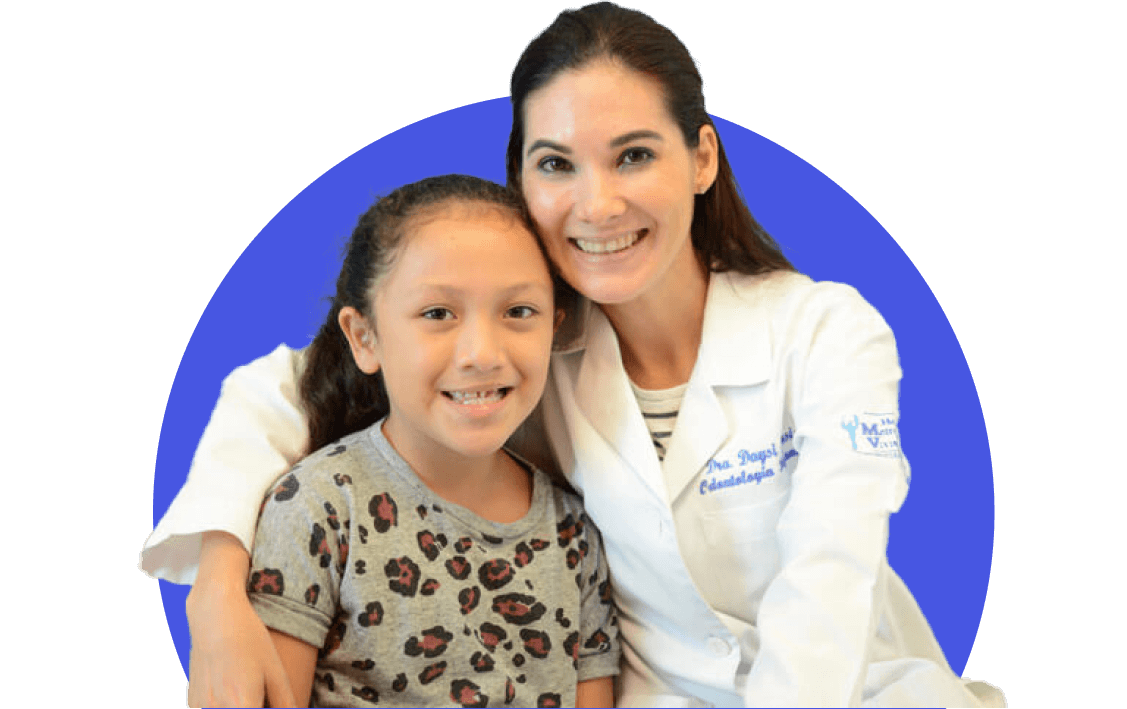- Cleft Home
- What is Cleft Lip and/or Palate?
- Prenatal Diagnosis
- Feeding Your Baby
- What is a Cleft Team?
- Surgery
- Hearing, Speech, and Dental Care
- Paying for Treatment
- Managing Feelings
- Craniofacial Conditions
- Toddlers and Preschoolers
- The School-Aged Years
- The Teenage Years
- Letter to a Teacher
- Information for Adults
- Support Organizations
- Learn More: Downloads
- Cleft Home
- What is Cleft Lip and/or Palate?
- Prenatal Diagnosis
- Feeding Your Baby
- What is a Cleft Team?
- Surgery
- Hearing, Speech, and Dental Care
- Paying for Treatment
- Managing Feelings
- Craniofacial Conditions
- Toddlers and Preschoolers
- The School-Aged Years
- The Teenage Years
- Letter to a Teacher
- Information for Adults
- Support Organizations
- Learn More: Downloads
Will I undergo lip and nose surgery during the teen years?
Some teens born with cleft lip and/or palate undergo surgical procedures on their upper lip and/or nose to change aspects of appearance and/or function. These operations are described below. Be sure to talk with the surgeon on your cleft team for more information about your options and to talk through your decision-making.
Lip Revision: A lip revision is an operation to change the shape of the upper lip in a person who underwent cleft lip-repair surgery earlier in life (usually during infancy). This procedure can involve evening out the proportions of the lip, making the lip look fuller, and/or helping your lip muscles work better when you speak. A cleft-lip revision is considered “reconstructive” surgery, not “cosmetic” surgery.
Lip-revision surgery does not usually require a night in the hospital. The pain that comes with this procedure is usually controlled with medicine taken by mouth. After surgery, your lip will be swollen; swelling should begin to go away within 5 to 15 days. You may bleed a little from the incision, too. While some stitches dissolve on their own, you may need to go back to the doctor to have stitches removed.
Septorhinoplasty: Nose surgery, called rhinoplasty or septorhinoplasty, changes the shape of the nose (rhinoplasty) and can improve breathing (septoplasty). Surgeons usually recommend waiting until facial growth is complete to undergo this procedure.
The specific actions performed during nose surgery vary from person to person. Working from the inside of your nose, the surgeon may be able to straighten the base of the nose and the septum. If one or both of your nostrils are flat, the surgeon may be able to make them rounder to improve your breathing. Your surgeon may also make a small incision under your nose to reshape the cartilage in the tip of your nose. Reshaping the nose may require breaking your nasal bones in order to put them into better position.
Nose surgery is generally not very painful and usually requires only oral pain medication. The surgeon may insert some packing material (like a cotton ball) or splints in your nose that should be worn for the first few days after surgery. If your nasal bones were straightened, the surgeon may place a splint on the outside of your nose to keep it positioned and protected after surgery.
After surgery, you may notice some swelling and difficulty breathing through your nose. Most of the swelling will go away during the first month after surgery. You may also notice that breathing through your nose continues to get easier over the next six months as the swelling decreases.
How can I make the best decisions about my care?
It is important to discuss your feelings about surgery, whatever they may be, with your surgeon and with other people you trust. It can be helpful to understand what surgery does—and does not—offer, and to consider how it will affect your self-assessment and your quality of life.
It is also important to share in the decision-making about your treatment. The transition to adult care begins during childhood when you share in the decision-making about your treatment and becomes increasingly independent about matters related to your own health.



